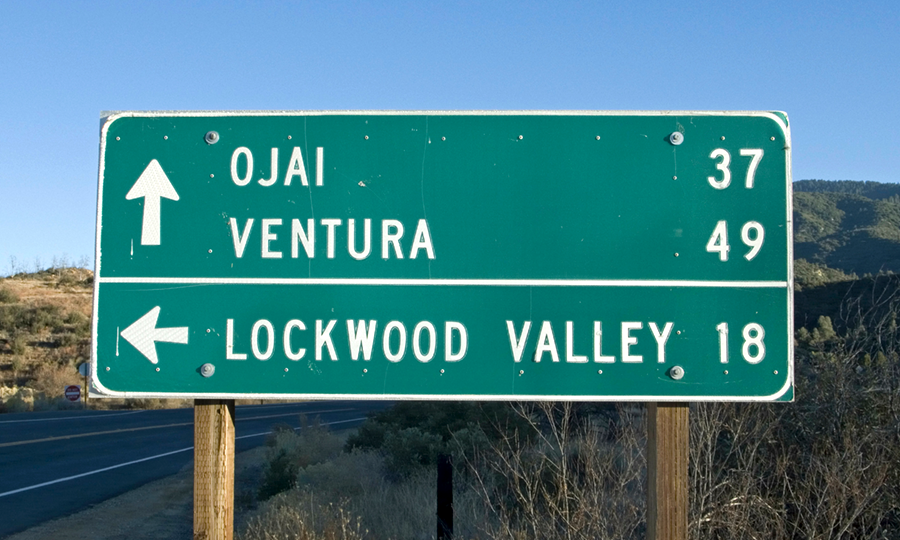Song titles come to songwriters in mysterious and unanticipated ways. Sometimes composers spot a road sign, a marquee, or a license plate, and—kapow!—a song title. And from titles come verses, choruses, and songs. Likewise, band names have been inspired from unusual places. Read on for some examples. A cinema across the street from Black Sabbath’s rehearsal room was showing the 1963 horror film Black Sabbath starring Boris Karloff. While watching people line up to [...]
Song titles come to songwriters in mysterious and unanticipated ways. Sometimes composers spot a road sign, a marquee, or a license plate, and—kapow!—a song title. And from titles come verses, choruses, and songs.
Likewise, band names have been inspired from unusual places.
Read on for some examples.
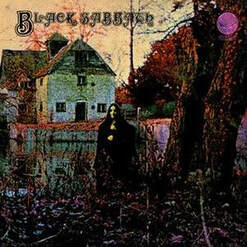
A cinema across the street from Black Sabbath’s rehearsal room was showing the 1963 horror film Black Sabbath starring Boris Karloff. While watching people line up to see the film, bassist and lyricist Geezer Butler noted that it was strange that people spend so much money to see scary movies.
Hence, the band’s name, the first recorded song’s name, and the first album’s name.[1]
Hence, the band’s name, the first recorded song’s name, and the first album’s name.[1]
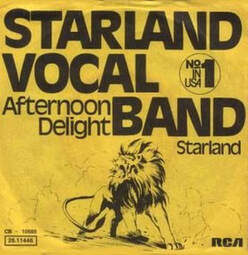
One afternoon in 1974, Bill Danoff and his friend Margot Chapman visited restaurant bar Clyde’s in Georgetown, DC, where he sometimes sang as a folk duo with his wife, Taffy Nivert. It was after lunch, and from three o'clock to six, each table had a small menu that read, “Afternoon Delights.”
What a neat title for a song, he thought. After a year or so of rewrites, it became the song “Afternoon Delight” and a record by the pop-folk Starland Vocal Band, Bill, his wife Taffy, friend Margot, and husband Jon Carroll.
And a hit record at that, reaching the top spot on the Billboard Hot 100 chart in the summer of 1977, helped along by its suggestive tent sign title and lyrics “skyrockets in flight.”[2]
What a neat title for a song, he thought. After a year or so of rewrites, it became the song “Afternoon Delight” and a record by the pop-folk Starland Vocal Band, Bill, his wife Taffy, friend Margot, and husband Jon Carroll.
And a hit record at that, reaching the top spot on the Billboard Hot 100 chart in the summer of 1977, helped along by its suggestive tent sign title and lyrics “skyrockets in flight.”[2]
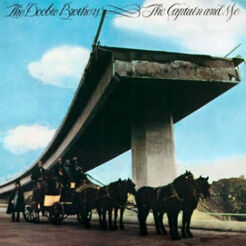
Tom Johnston of the Doobie Brothers came up with “China Grove” after seeing a sign for the city outside San Antonio. Indeed, the lyrics referenced a sleepy little town near “San Antone” where the people living there were a little strange.
No harm, it was all made up. The song ran to number 15 on the Billboard Hot 100 and was included on The Captain and Me album released in 1973.[3]
No harm, it was all made up. The song ran to number 15 on the Billboard Hot 100 and was included on The Captain and Me album released in 1973.[3]
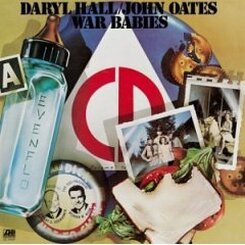
The last track on the Hall & Oates 1974 album War Babies was called “Johnny Gore and the C. Eaters” because on a midnight drive through Georgia, Oates noticed a small town marquee that read what became the song’s name.
A few days later, on the way back through that town, Oates saw the other side of the marquee: “Johnny Gore and the Cheaters.”
Duh! The “H” was missing on the other side.
Fortunately, the faux pas didn’t mess up the lyrics, which revolved around the tough time the band was having constantly touring from one small town to another.[4]
A few days later, on the way back through that town, Oates saw the other side of the marquee: “Johnny Gore and the Cheaters.”
Duh! The “H” was missing on the other side.
Fortunately, the faux pas didn’t mess up the lyrics, which revolved around the tough time the band was having constantly touring from one small town to another.[4]
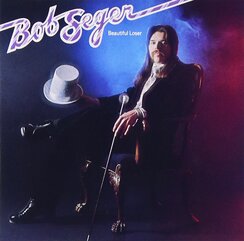
In 1972 Bob Seger took notice of a Leonard Cohen book of poetry called Beautiful Losers and thought that would make a good title for a song.
It took a while and a series of rewrites before Seger released “Beautiful Loser” in 1975 on you guessed it, an album named Beautiful Loser.[5]
It took a while and a series of rewrites before Seger released “Beautiful Loser” in 1975 on you guessed it, an album named Beautiful Loser.[5]
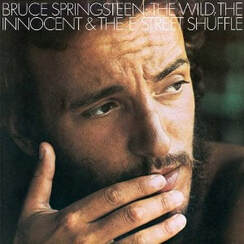
“Kitty’s Back” was inspired by a sign Bruce Springsteen saw while driving—the new marquee of a strip club trumpeting the return of one of their dancers.
The song was released in 1973 on The Wild, the Innocent, and the E Street Shuffle, the album prior to the boss’s breakout Born to Run album.[6]
The song was released in 1973 on The Wild, the Innocent, and the E Street Shuffle, the album prior to the boss’s breakout Born to Run album.[6]
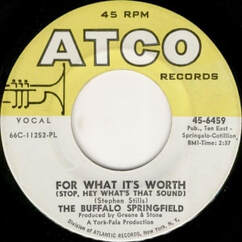
Guitarist Stephen Stills and Richard Furay miraculously and successfully reconnoitered with singer-songwriter Neil Young and bass guitarist Bruce Palmer, both Canadians, on traffic-jammed Sunset Boulevard in LA.
In no time, they decided to form a band, picking up experienced drummer Dewey Martin, and became Buffalo Springfield, courtesy of a nameplate sign on a steamroller resurfacing Hollywood streets.
It was a good sign. The new band promptly booked top music venues and signed with Atlantic Records, which released their first mega-hit single “For What It’s Worth.”
Moreover, and to their credit, the Buffalo Springfield Roller Company, a New York–based maker of heavy machinery, actually supported the Springfield’s use of their mark.[7]
In no time, they decided to form a band, picking up experienced drummer Dewey Martin, and became Buffalo Springfield, courtesy of a nameplate sign on a steamroller resurfacing Hollywood streets.
It was a good sign. The new band promptly booked top music venues and signed with Atlantic Records, which released their first mega-hit single “For What It’s Worth.”
Moreover, and to their credit, the Buffalo Springfield Roller Company, a New York–based maker of heavy machinery, actually supported the Springfield’s use of their mark.[7]
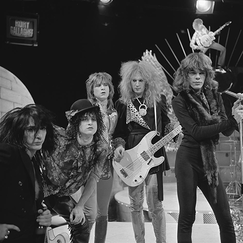
Guitarists Sylvan Sylvain and Billy Marcia worked at a New York hippie boutique where friend Johnny Thunders would occasionally visit. Across the street was a toy repair shop called New York Dolls Hospital.
Sylvan used to kid Billy and Johnny, “Man, wouldn’t that be a great name for a band someday?”
They’d reply, “What, New York Dolls Hospital?”
Sylvan “No, just the New York Dolls!”
The trio became—wait for it—the proto-punk band the New York Dolls.[8]
Sylvan used to kid Billy and Johnny, “Man, wouldn’t that be a great name for a band someday?”
They’d reply, “What, New York Dolls Hospital?”
Sylvan “No, just the New York Dolls!”
The trio became—wait for it—the proto-punk band the New York Dolls.[8]
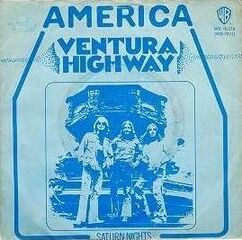
Dewey Bunnell, singer and guitarist for America, recalled: “I just remember seeing the sign Ventura as we were driving down the coast [of California], and we got a flat tire . . . I always liked the word ’Ventura’ for some reason. A lot of times, a word or phrase can be enough to inspire a song—or at least the title of a song.”
You bet, “Ventura Highway” was a hit song from America’s second album, Homecoming.[9]
You bet, “Ventura Highway” was a hit song from America’s second album, Homecoming.[9]
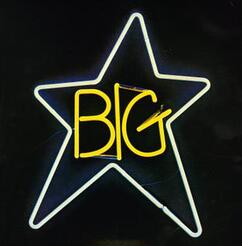
One night, a newly formed Memphis rock group fronted by singer Alex Chilton, while taking a break from working on songs, decided they needed a name. There were two buildings across the road from the studio, one an ice-cream joint called Sweden Kream, the other a branch of the local grocery Big Star.
They liked “Big Star.” It was a joke nobody outside the South would get and was an ironic commentary on their ambitions, as was the title of the album that came out of their sessions: #1 Record.[10]
They liked “Big Star.” It was a joke nobody outside the South would get and was an ironic commentary on their ambitions, as was the title of the album that came out of their sessions: #1 Record.[10]
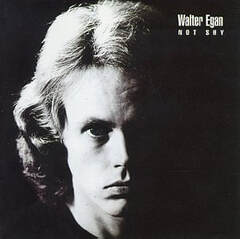
Walter Egan recalled: “I was driving home [from the studio after recording my first album] around four in the morning from Van Nuys in Pomona, I get on the 101 Freeway in LA, and the car in front of me was this lowered—what they call ‘pimped-out’—Continental, with a diamond window and lights underneath it, and all these accoutrements on it. And the license plate said, ‘Not Shy.’ To me, it was somebody hitting me in the head, going, ‘There it is. Go for it.’ ”
He did. Want to guess the name of his first album?[11]
He did. Want to guess the name of his first album?[11]
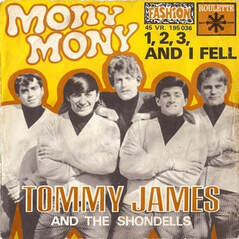
Tommy James and his songwriting partner Ritchie Cordell had laid down everything for a new song, but they needed a two-syllable girl’s name to finish it off.
Around midnight, the pair sauntered out onto their high-rise terrace, leaned on the railing, and looked out at the Manhattan skyline. All of a sudden, Tommy’s eyes fell on a building across the street. It was the Mutual New York Insurance Company building. A large sign kept flashing “MONY.”
“Is that God winking at us, or what?” It was, and he blessed the two with “MONY, MONY,” another hit record for Tommy James.[12]
Around midnight, the pair sauntered out onto their high-rise terrace, leaned on the railing, and looked out at the Manhattan skyline. All of a sudden, Tommy’s eyes fell on a building across the street. It was the Mutual New York Insurance Company building. A large sign kept flashing “MONY.”
“Is that God winking at us, or what?” It was, and he blessed the two with “MONY, MONY,” another hit record for Tommy James.[12]
- “Ozzy Osbourne: The Godfather of Metal,” NYRock.com, June 2002. Archived from the original on October 31, 2013.
- J. Freedom du Lac, “Starland Vocal Band’s ‘Afternoon Delight’ Still Being Served after 35 Years,” The Washington Post, July 8, 2011.
- Andrew Grant Jackson, 1973: Rock at the Crossroads (New York: Thomas Dunne Books, 2019), 105.
- Paul Meyers, A Wizard a True Star: Todd Rundgren In the Studio (London, Jawbone Press, 2010), 119.
- Andrew Grant Jackson, 1973, 232–33.
- Ibid., 256–58.
- Rik Forgo, Eagles Before the Band (Time Passages, 2019), 84.
- Paul Meyers, A Wizard a True Star: Todd Rundgren in the Studio, 83.
- Greg Prato, The Yacht Rock Book: The Oral History of the Soft, Smooth Sounds of the 70s and 80s (London: Jawbone Press, 2018), 111–12.
- Ed Ward, The History of Rock and Roll Volume II 1964–1967: The Beatles, the Stones, and the Rise of Classic Rock (New York: Flatirons Books, 2019), 259.
- Greg Prato, The Yacht Rock Book, 133.
- Edward Allan Faine, Serendipity Doo-Dah, Book Two: True Stories of Happy Musical Accidents (Takoma Park, MD: IM Press, 2020), 66.



